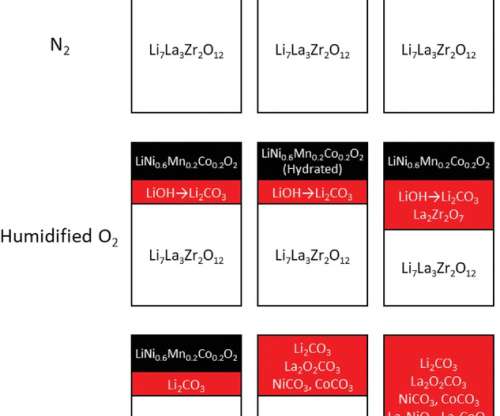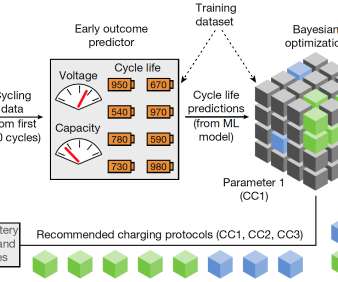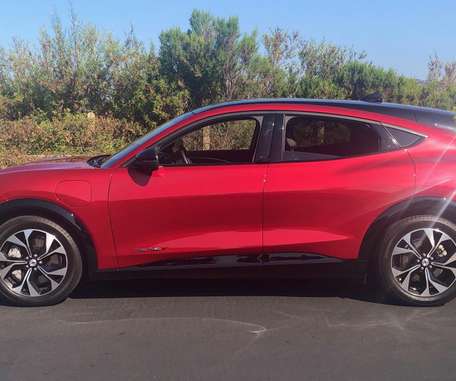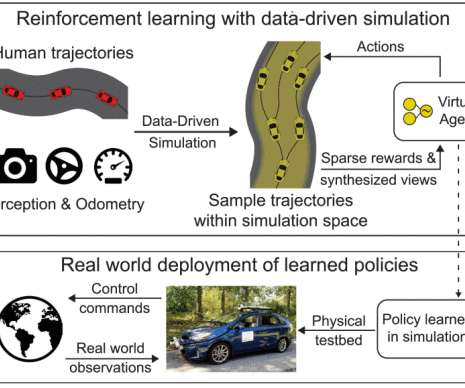MIT, Brookhaven team develops simple method for stabilizing interfaces in solid-state lithium-ion batteries
Green Car Congress
MARCH 11, 2022
Now, a team of researchers at MIT and Brookhaven National Laboratory has developed a way of achieving results that equal or surpass the durability of the coated surfaces, but with no need for any coatings. The findings are reported in an open-access paper in the journal Advanced Energy Materials. —Professor Yildiz.









































Let's personalize your content